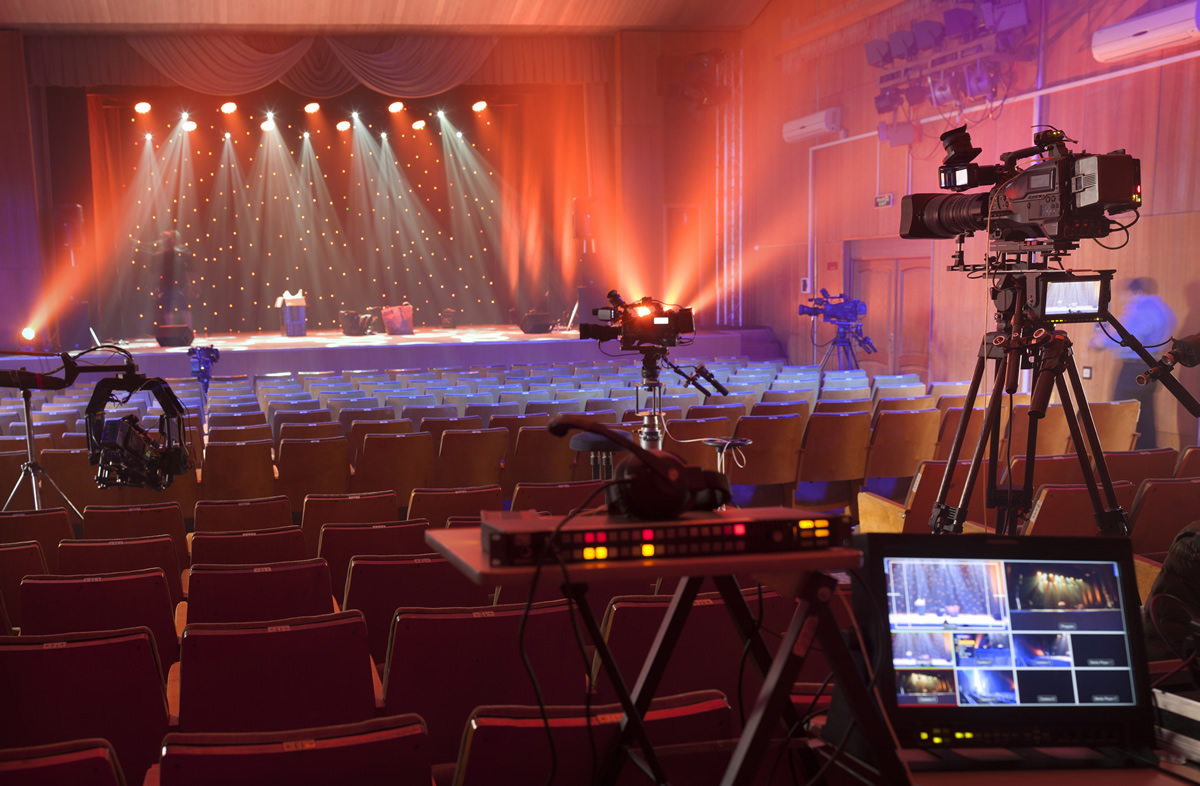Exploring the Advantages and Disadvantages of Static Frame and Mobile Display Screensets for Every Viewing Experience
Exploring the Advantages and Disadvantages of Static Frame and Mobile Display Screensets for Every Viewing Experience
Blog Article
As it pertains to experiencing films, presentations, or video games, the kind of projection display used can greatly affect the watching experience. A couple of popular options are fixed frame displays and portable projecting screens. Both kind has its unique set of benefits and disadvantages that can affect which option is best for a particular scenario. Understanding these distinctions can help people and organizations make knowledgeable decisions about their watching setups.
Fixed frame projection displays are designed to be constantly mounted in a particular location. One of the main advantages of stationary displays is their capability to provide a smooth, flat area for projecting images. This evenness guarantees that the image clarity is crisp and clear, which is especially crucial for HD material. Additionally, stationary screens often feature with a dark frame that enhances contrast and makes the displayed image pop more. This kind of display is perfect for home theaters or dedicated display spaces where the setup will not change frequently.
On the other hand, mobile projection screens provide versatility and ease of use. These displays can be readily assembled and dismantled, making them perfect for events that require mobility, such as meetings, classrooms, or outdoor movie nights. Portable screens are available in multiple dimensions and designs, including stand and collapsible choices, allowing users to choose one that fits their needs. The ability to transport these screens makes them a popular choice for people who need to present in various places or for those who do not have a dedicated space for a fixed screen.
However, there are some limitations to each kinds of displays. Stationary displays can be more costly and necessitate professional setup, which may not be practical for all. Additionally, once installed, they cannot be moved easily, limiting their application to a single place. On the flip side, mobile screens may not provide the same level of image quality as fixed frame screens. They can sometimes have creases or folds that affect the projection, especially if they are not configured properly. This can be a concern for those who prioritize picture quality over convenience.
An additional consideration to consider is the space available for the screen. Fixed frame screens need a dedicated area with enough wall space and proper lighting conditions to enhance the viewing encounter. This can be a constraint for those residing in compact homes or flats. Portable screens, on the other hand, can be employed in multiple settings, from spacious auditoriums to cozy sitting areas. This versatility renders them a sensible option for numerous individuals, particularly those who may more helpful info not have a fixed configuration.
To sum up, both stationary and mobile projecting displays have their distinct advantages and challenges. Stationary displays excel in providing high-quality images and a professional appearance, making them suitable for specific viewing spaces. Conversely, portable screens offer flexibility and ease of use, making them perfect for on-the-go presentations and events. By considering the benefits and disadvantages of each kind, people and entities can choose the projecting screen that best meets their particular requirements and improves their watching experience.